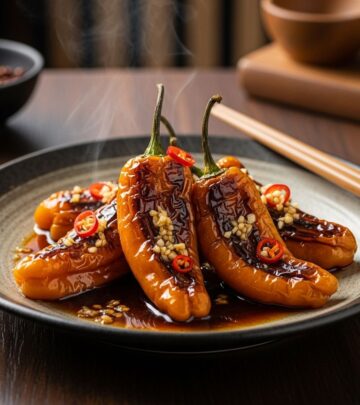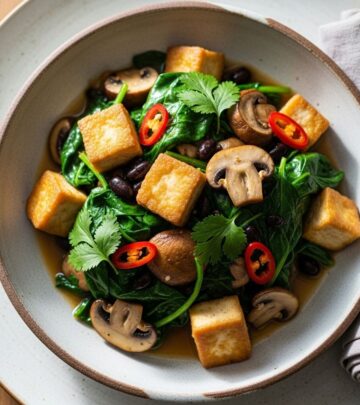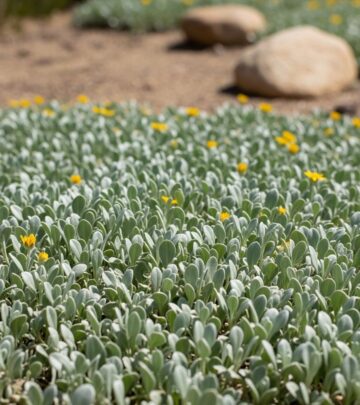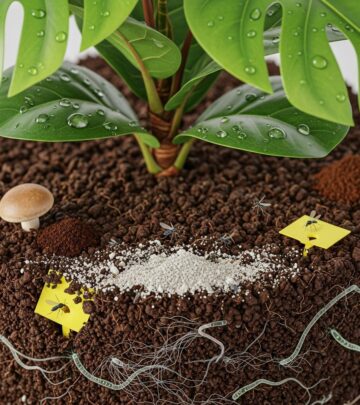Durian Vs Jackfruit Expert Guide: Taste, Uses, And Cultivation
Delve into the world of durian and jackfruit to understand their differences and uses.
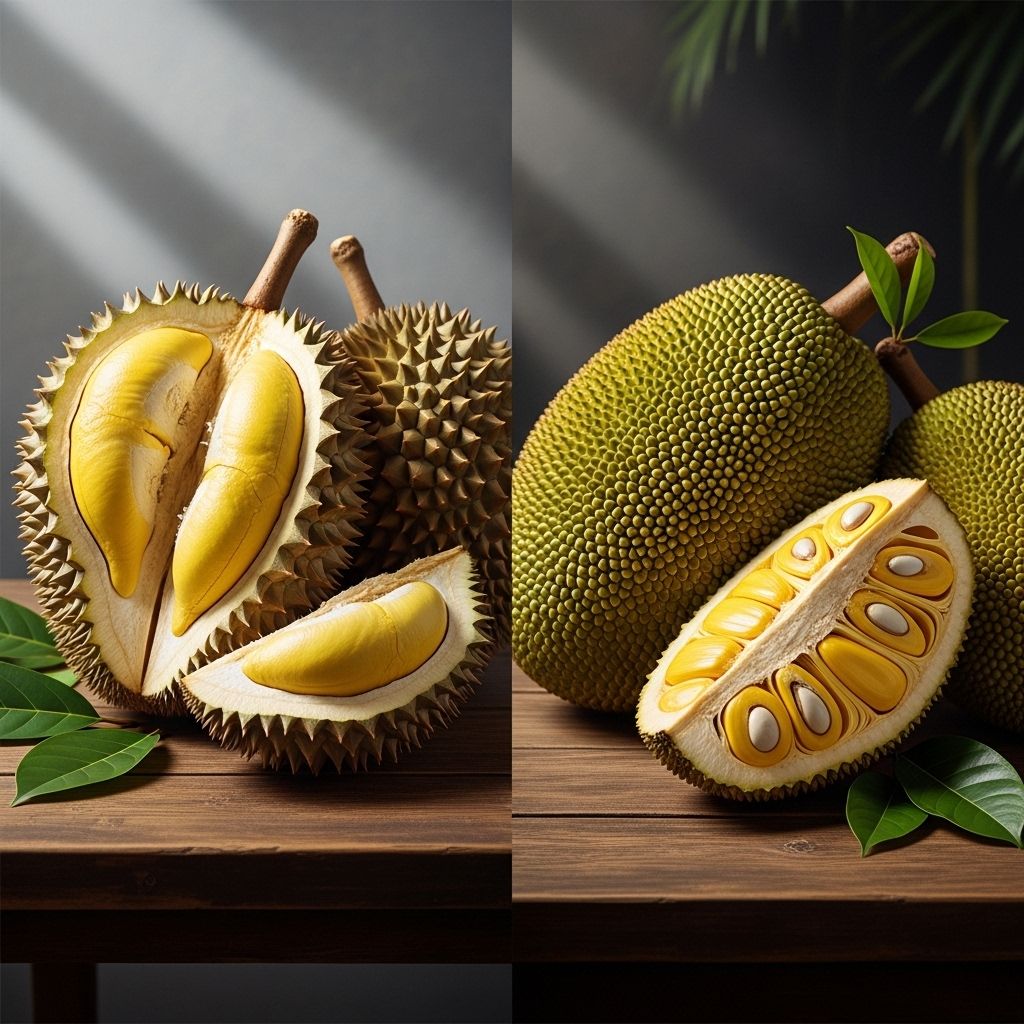
Image: HearthJunction Design Team
Introduction to Durian and Jackfruit
Durian and jackfruit are among the most fascinating fruits in the tropical world, known for their unique appearances and flavors. Both fruits are native to South and Southeast Asia and have been gaining popularity globally for their culinary uses and health benefits. In this article, we will delve into the differences and similarities between durian and jackfruit, exploring their appearance, taste, uses, and how to grow them.
**Appearance: Durian vs. Jackfruit**
One of the most noticeable differences between durian and jackfruit is their appearance. Both fruits have thorny rinds, but durian tends to have larger, sharper, and more pointed thorns compared to jackfruit. Durian is generally smaller, with mature fruits averaging between 2 to 7 pounds and 6-12 inches in diameter. Jackfruit, on the other hand, is known for being one of the largest fruits in the world, with some varieties reaching up to 120 pounds and 35 inches in length.
**Taste and Texture**
When it comes to taste and texture, durian and jackfruit are distinct. Durian is famous for its pungent aroma and juicy texture, often described as tasting like strawberry candy. Jackfruit, meanwhile, has a somewhat dry texture and a flavor profile that is often compared to a combination of pineapple, banana, and mango.
**Culinary Uses**
- Durian: Known for its unique flavor and smell, durian is often eaten fresh or used in desserts and savory dishes throughout Southeast Asia.
- Jackfruit: Jackfruit is highly versatile and can be used in a variety of dishes, from curries to desserts, and even as a meat substitute in vegetarian and vegan recipes.
**Growing Durian and Jackfruit**
Both durian and jackfruit are tropical fruits that thrive in warm climates with high humidity. They require well-drained soil and regular watering. Jackfruit trees can grow in USDA zones 9-11 and can produce fruit in as little as 3-4 years. Durian trees are more challenging to grow and require optimal conditions similar to their native habitat.
**Comparison Table
| Characteristic | Durian | Jackfruit |
|---|---|---|
| Size | 2-7 lbs, 6-12 inches | Up to 120 lbs, 35 inches |
| Appearance | Thorny with larger spikes | Thorny with smaller spikes |
| Taste | Pungent, juicy | Sweet, dry |
| Culinary Use | Deserts, savory dishes | Curries, desserts, meat substitute |
**FAQs
Q: What is the best climate for growing durian or jackfruit?
A: Both fruits thrive in warm, humid climates. Jackfruit trees can grow in USDA zones 9-11, while durian trees require conditions similar to their native habitats in Southeast Asia.
Q: How long does it take for durian or jackfruit trees to produce fruit?
A: Jackfruit trees can produce fruit in as little as 3-4 years under optimal conditions. Durian trees generally take longer to mature and produce fruit.
Q: Can durian or jackfruit be grown in colder climates?
A: Neither durian nor jackfruit is well-suited for colder climates. They require warm temperatures and high humidity to grow successfully.
**Conclusion
Durian and jackfruit are both remarkable fruits with unique features and uses. Whether you are interested in gardening or exploring new culinary options, these fruits are worth learning more about. Their distinct characteristics and benefits make them stand out in the world of tropical fruits.
References
Read full bio of Srija Burman

